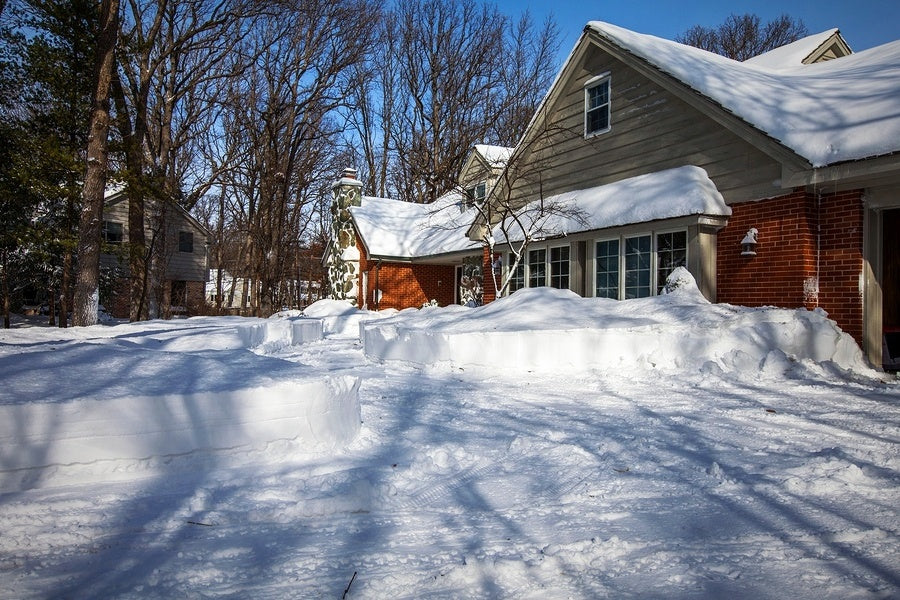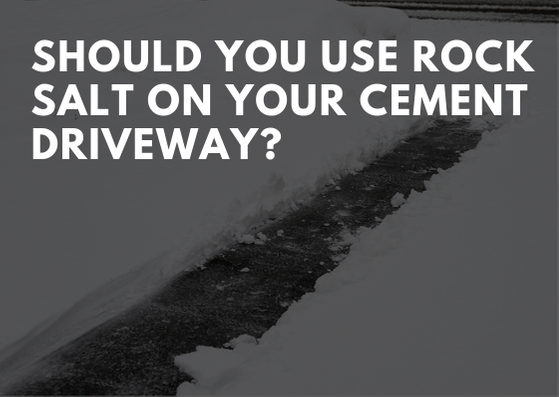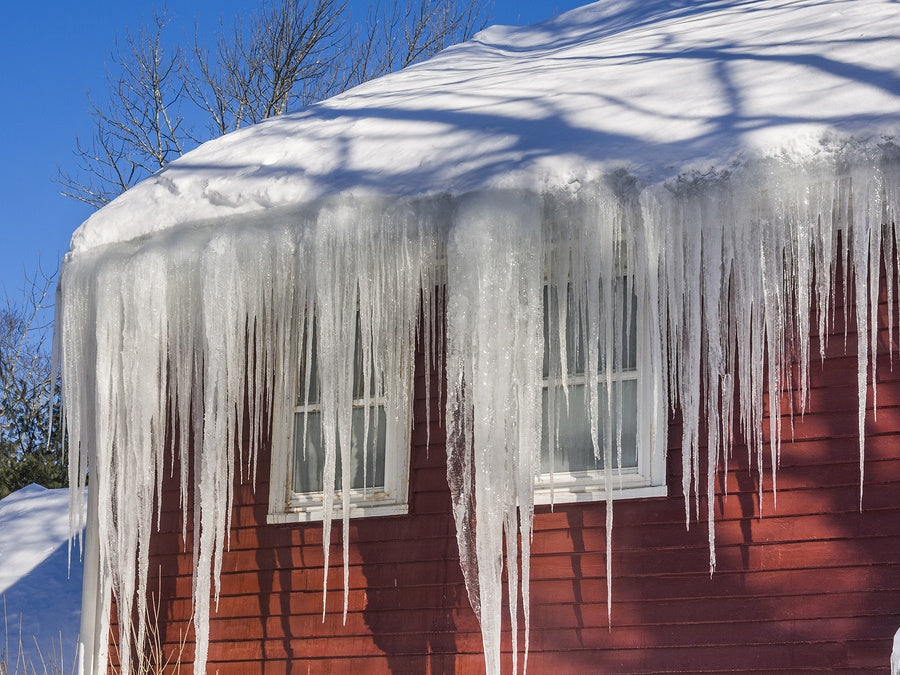
When winter arrives and your driveway is suddenly covered in snow and ice, you may find yourself longing for a heated driveway that could take the snow shovel out of your hand or eliminate the expense of paying for professional snow-plow services.
But you may not be quite sure if a heated driveway is worthwhile, if its "pros" truly outweigh its "cons," or what kind of cost would be involved in installing, using, and maintaining such a system.
Below, we attempt to clarify what a heated driveway is and what are its benefits and drawbacks. We hope you will find this analysis helpful in determining if a heated driveway of some kind is right for you.
Three Types of Heated Driveways
Traditionally, there are only two types of heated driveway: hydronic or electric coil systems. But we have also included here a third innovative option on the market — driveway heating mats.
Hydronic systems work by using a boiler and pump to circulate a water-antifreeze mixture through PVC tubing over which concrete or asphalt is poured. The tubes are typically spaced 6 to 8 inches (15.2 to 20.3 cm) apart and arranged in a spiral or wave-like configuration to promote even heat distribution.
Electric coil systems use metal heating cables that are installed under the pavement and activated by a wall-mounted control unit. They are very powerful, often able to reach temperatures over 200º F (93.33° C) and produce as much as 50 Watts of electricity per linear foot of coil.
Driveway mats will function much like a heated driveway that can be installed only seasonally. Two tracks of slip-resistant rubber mats with a central heating element are spaced to align with your vehicle's tire path. They will be strong enough to bear the weight of a car and able to maintain an ice/snow free driving lane or melt one in a matter of hours or even minutes.
Benefits of Heated Driveways
While the benefits/drawbacks of heated driveways vary to a degree based on which type you use, we mention here the most significant common benefits of heated driveways in general:
- Convenience: Snow and ice are melted effortlessly and in minimal amounts of time. You can often program heating based on a regular hours or on a temperature trigger, but you can manually turn the heating on/off if you wish as well.
- Health concerns: Snow shoveling often leads to slip-and-fall accidents, back pain, muscle strain, joint injuries, or hypothermia. By clearing off your driveway "automatically," you minimize the health risks associated with being out of doors in cold, winter weather.
-
Less salt damage: With a heated driveway, your need to use rock salt, calcium chloride, or another deicer on your driveway will be reduced or even eliminated. When salts get trapped in the tiny crevices of concrete/asphalt, they draw water in after them, where it alternately freezes/thaws during the winter. This helps to deteriorate your pavement. Salt can also damage the undercarriage of vehicles and landscaping near the driveway's edge.
Drawbacks of Heated Driveways
While heated driveways are a solution to many wintertime problems, they are not a perfect solution. There are a few drawbacks that you should be aware of before investing in a heated driveway:
- Concrete can be stressed by hydronic heating tubes if the heat is not evenly distributed. When the fluid temperature is drastically higher than the slab temperature, cracking is even possible.
- Pavement may have to be torn up in order to fix malfunctioning heating coils. Occasionally, only resurfacing will be needed, but usually, the whole driveway would have to be redone.
- The expense of heated driveways can be a drawback, though they can also save you money on professional plowing services. They will certainly add to the wintertime utility bills. With hydronic systems, the upfront installation cost is high, but the usage cost is low. With heating coil systems, the bigger expense is in usage, while installation is not too expensive if you are laying down a new driveway anyway.
Whether or not installing a heated driveway makes sense will vary greatly based on your situation. For example, a small, easily plowed driveway that gets plenty of sun may not need to be heated, while a longer, shady driveway might be a prime candidate. Homes in the far north, where there are long winters, will get more use out of their heated driveways, but at some point, the winter is too short and mild to justify the expense.
As for driveway mats, their easy portability makes it reasonable to use them in any climate that sees snow/ice. You simply put them away for storage after the cold season ends.


